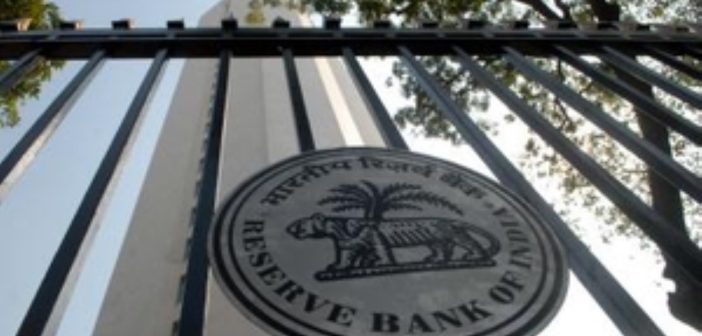The Reserve Bank of India has released new Liquidity Coverage Ratio guidelines, introducing adjustments to deposit run-off rates and government securities valuation. Effective April 1, 2026, banks will be required to assign an additional run-off rate of 2.5 percent to retail and small business customer deposits enabled through internet and mobile banking.
Banks must also adjust the market value of Government Securities, categorized as Level 1 High Quality Liquid Assets, by applying haircuts aligned with margin requirements under the Liquidity Adjustment Facility and Marginal Standing Facility. Additionally, the revised framework rationalizes wholesale funding composition, reducing the run-off rate for non-financial entities, such as educational trusts, charitable organizations, partnerships, and LLPs, to 40 percent from the current 100 percent.
The Reserve Bank conducted an impact analysis based on data as of December 31, 2024, and estimates that these measures will enhance banks’ liquidity resilience, improving their aggregate LCR by approximately six percentage points while ensuring compliance with minimum regulatory requirements.
The revised guidelines stem from a draft circular issued on July 25, 2024, proposing modifications to the LCR framework under Basel III standards. After examining stakeholder feedback, the RBI finalized the updated guidelines to further align India’s banking regulations with global standards without disrupting liquidity conditions.
The Liquidity Coverage Ratio, a Basel Committee on Banking Supervision mandate, ensures financial institutions maintain a buffer of High Quality Liquid Assets sufficient to cover net cash outflows over a 30-day stress scenario. The RBI remains committed to refining liquidity management frameworks to enhance banking sector stability and regulatory compliance.






